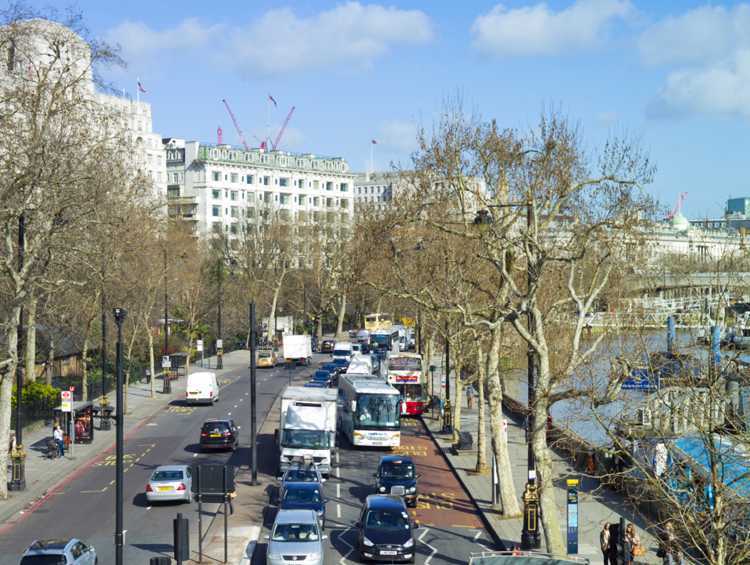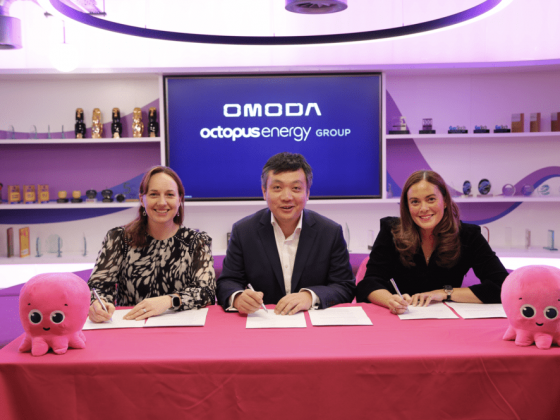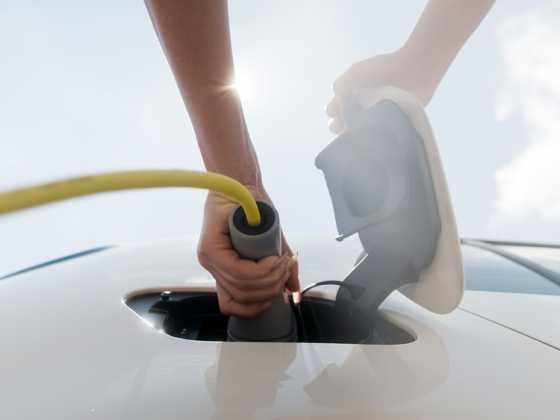London's ULEZ cuts 13,500 polluting cars a day

Since London introduced the Ultra-Low Emission Zone, roadside nitrogen dioxide (NO2) pollution has reduced by 36 per cent in the zone, according to a City Hall report.
This is measured from February 2017 to September 2019, to reflect when the Toxicity Charge (T-Charge) – the predecessor to the ULEZ - was introduced and people started to prepare for the schemes. Analysis estimates that the reduction in NO2 pollution solely attributable to the ULEZ is 29 per cent.
From March to September 2019, there have been some 13,500 fewer polluting, non-compliant vehicles on an average day in the zone, a reduction of 38 per cent.
77 per cent of vehicles now in the zone now meet the ULEZ emissions standards. This is much higher than the 39 per cent seen in February 2017 and the 61 per cent in March 2019.
NOx emissions from road transport in the central zone are now 31 per cent (200 tonnes) lower than if the scheme was not in place. This is ahead of schedule to meet the 45 per cent NOx emission reduction expected in the first year.
After six months, carbon dioxide emissions from road transport in the central zone are four per cent (9,800 tonnes) lower than if there was no scheme. When compared to 2016 levels, this equates to an expected 13 per cent reduction in carbon dioxide emissions if the current compliance rates continued over the course of this year.
The Mayor of London, Sadiq Khan, said: “These figures prove without a doubt that ULEZ is exceeding expectations, reducing polluting vehicles and cleaning up our lethal air. I am determined to stop Londoners breathing air so filthy it is damaging our children’s lungs and causing thousands of premature deaths. The ULEZ shows what we can achieve if we are brave enough to implement such ambitious policies. I now hope the Government will match my ambition and amend their environment bill to ensure it has the legally binding WHO- recommended limits to be achieved by 2030 that we need to protect public health.”



